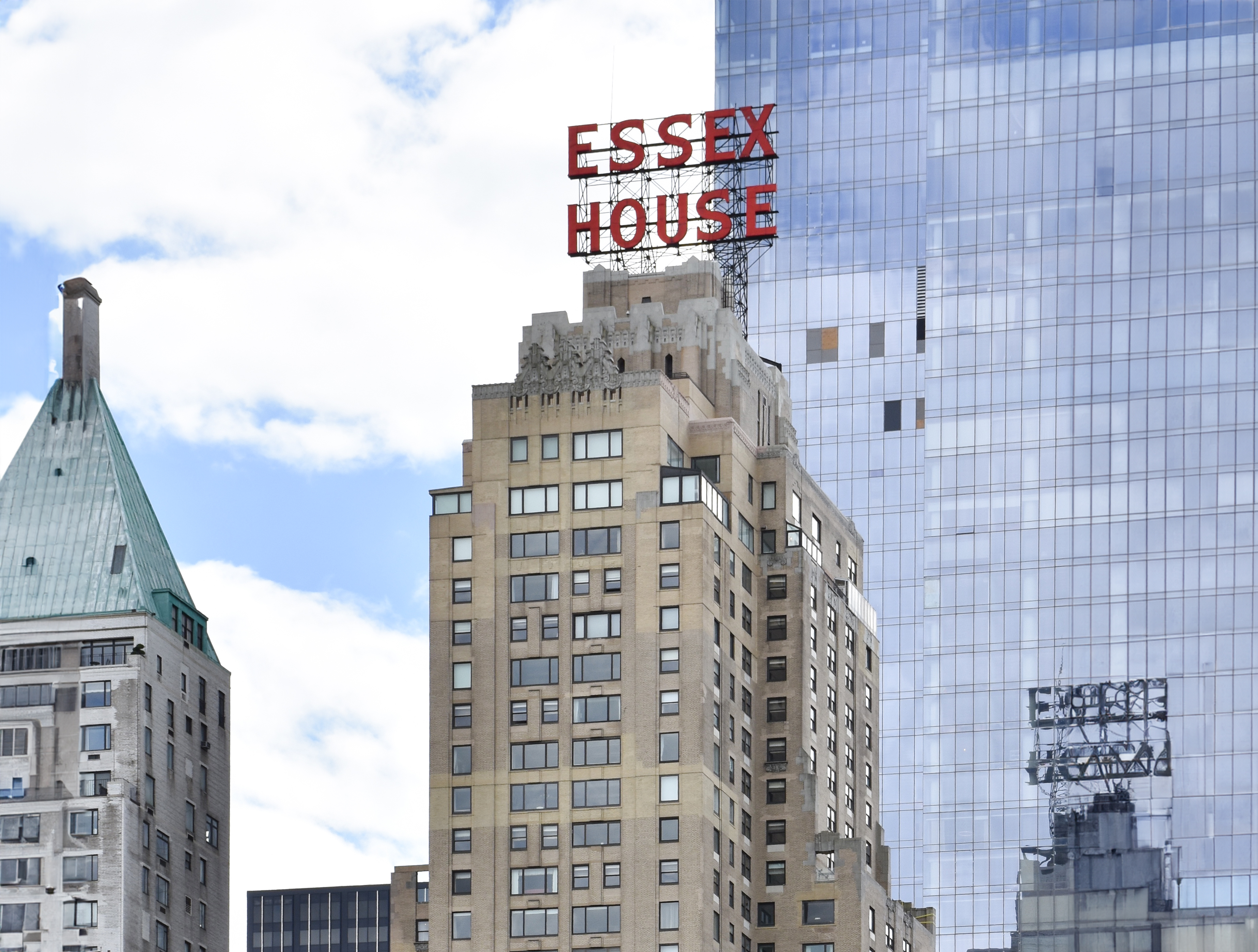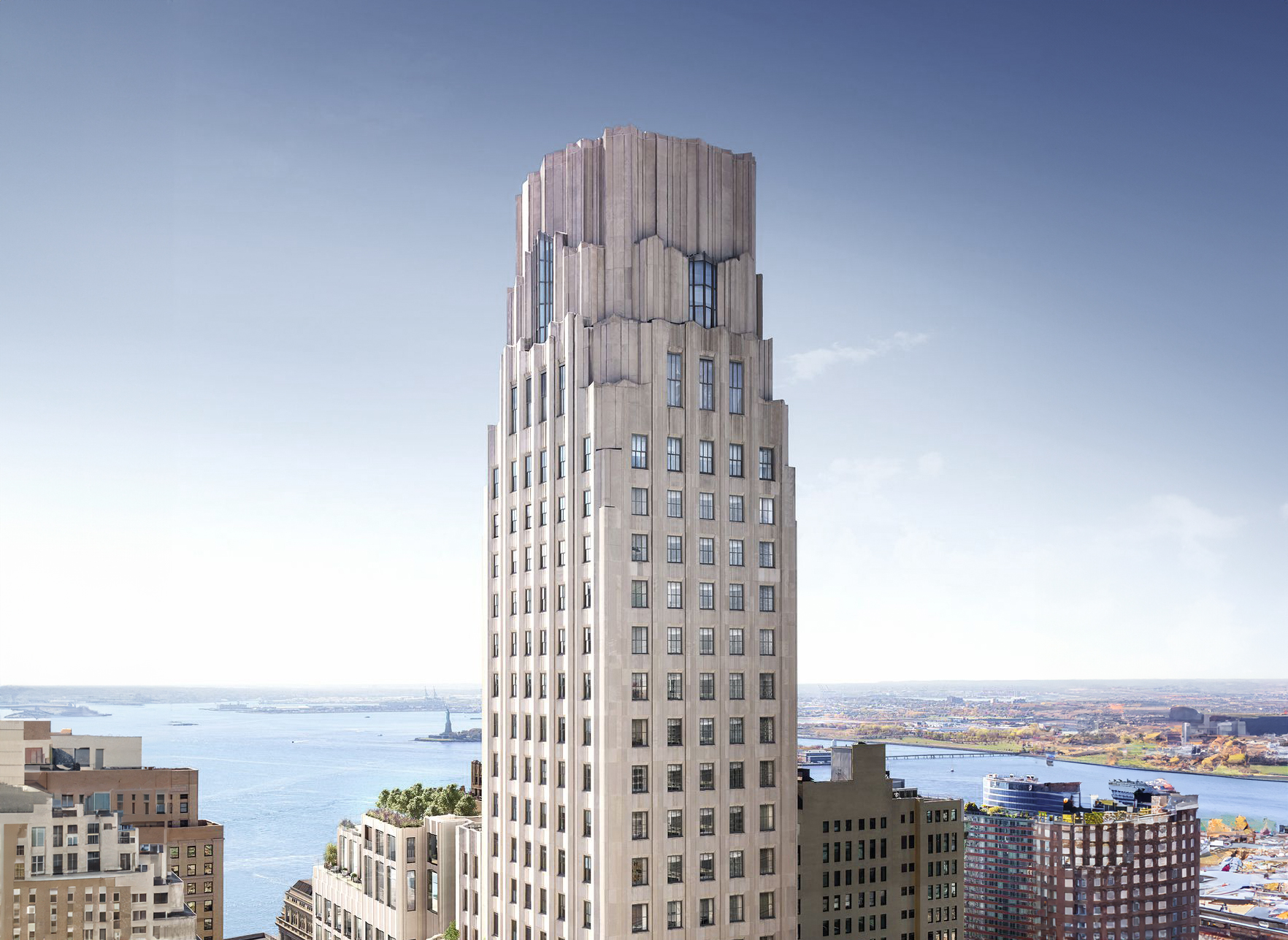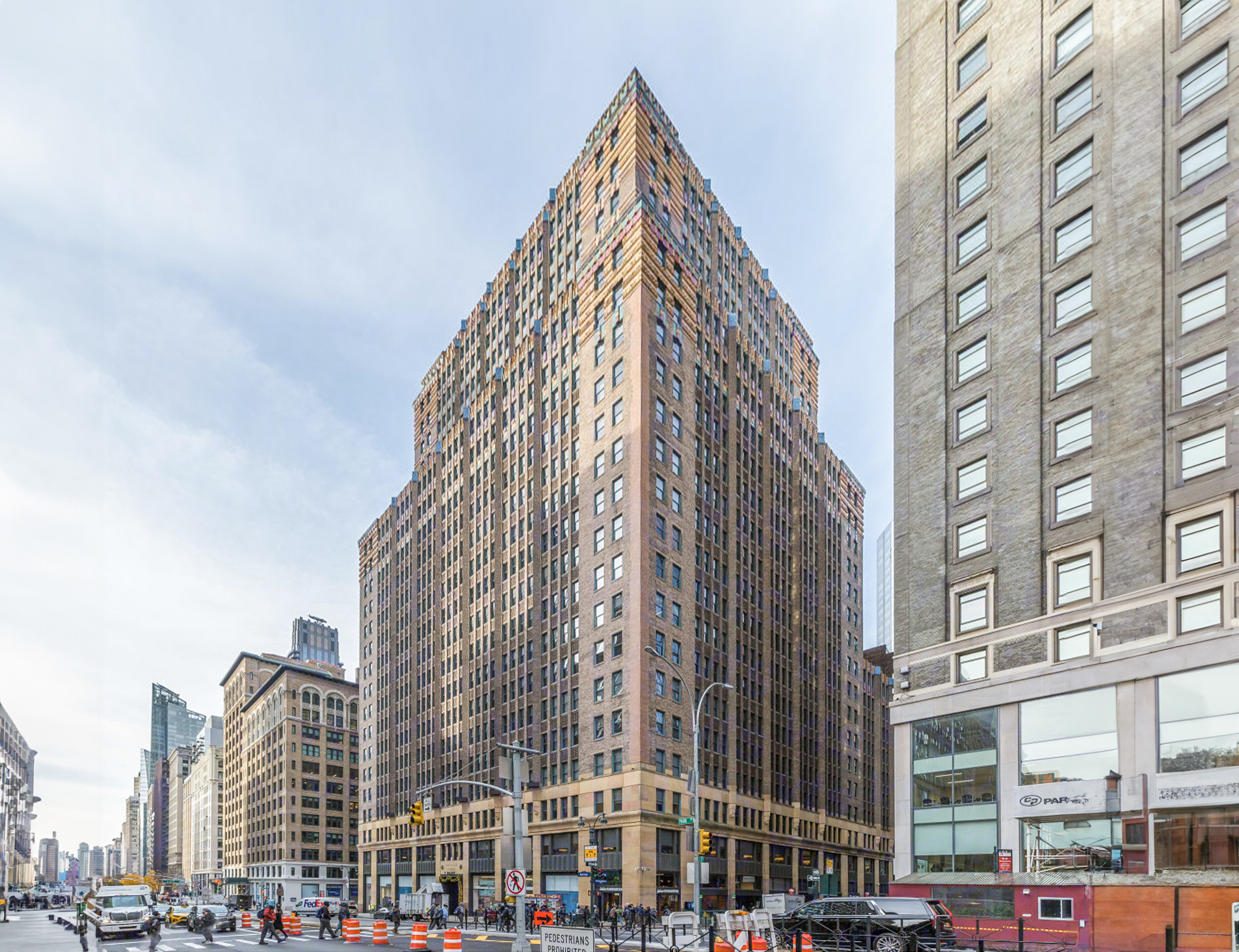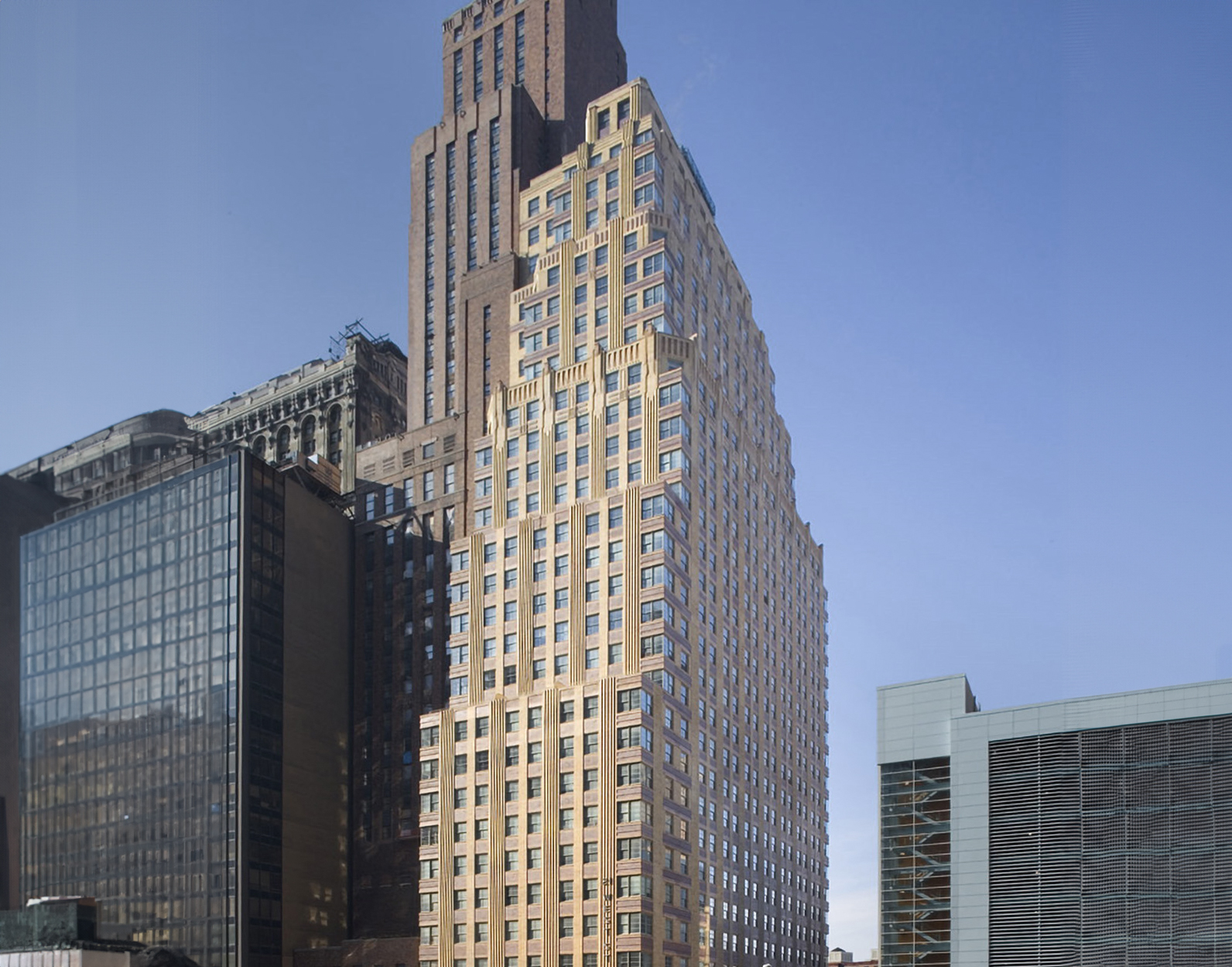The JW Marriott Essex House is an Art-deco skyscraper designed by Frank Grad & Sons, and built between 1929 and 1931 in New York, NY.
JW Marriott Essex House is not the only name you might know this building by though. It is common for companies to want to attach their names to iconic buildings when they move in, or for the general public to come up with nicknames, and this one is no exception. The building has changed names several times over the years, and is also known as:
- Essex House until 1931.
- Marriott's Essex House between 1969 and 1985.
- Essex House-A Westing Hotel between 1999 and 2006.
- Jumeirah Essex House between 2006 and 2012.
Its precise street address is 160 Central Park South, New York, NY. You can also find it on the map here.
The building has been restored 3 times over the years to ensure its conservation and adaptation to the pass of time. The main restoration works happened in 1991, 2006 and 2023.








